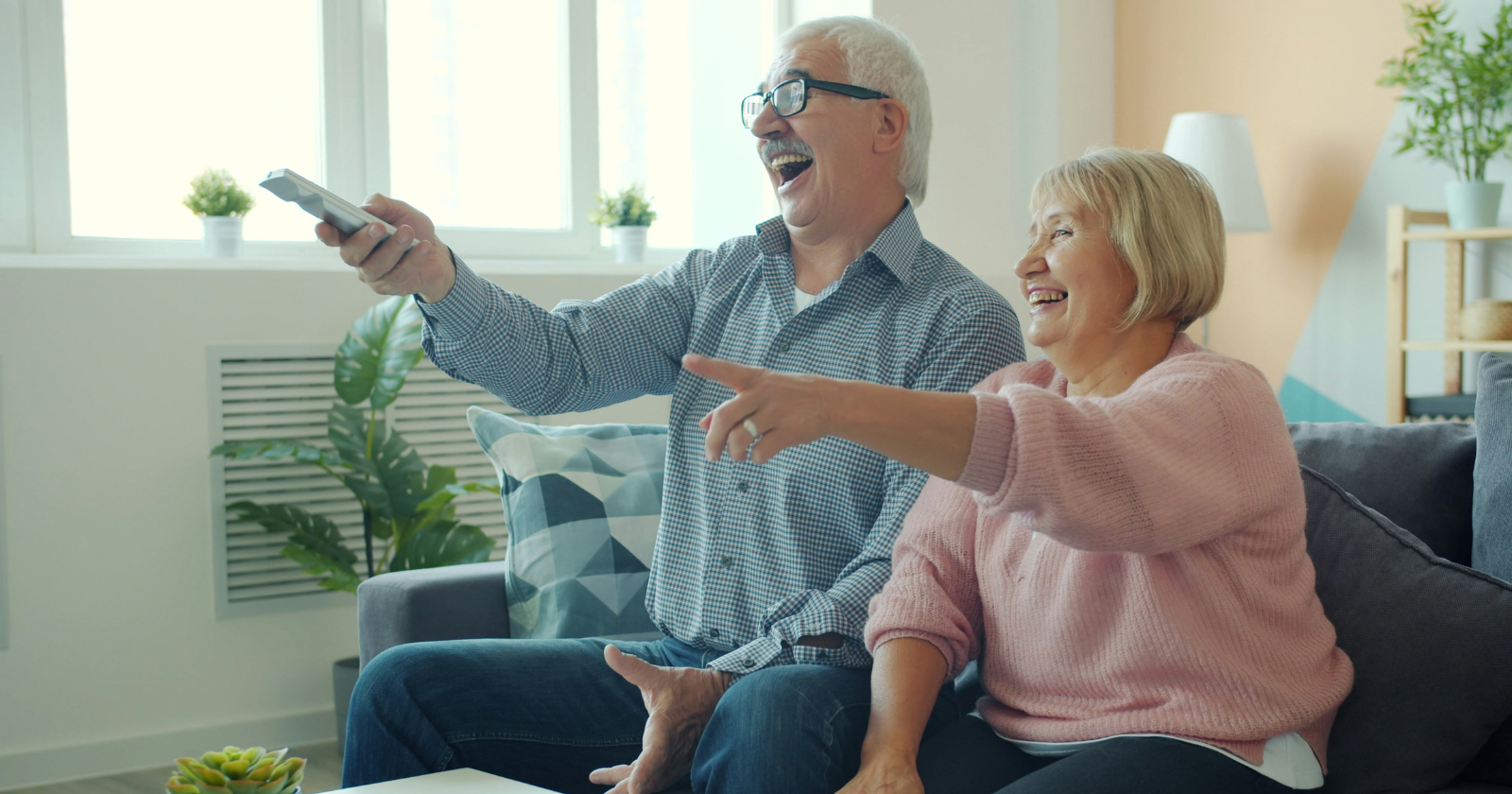Most of us want to picture ourselves aging with energy—not dragging our feet, not constantly yawning, but actually feeling alive in our own bodies.
But here’s the thing: staying energetic into your sixties, seventies, and beyond isn’t about one magic food or a killer exercise routine. It’s about small, repeatable habits that add up. The kind of quiet systems you build into daily life—almost invisible, but powerful.
Let’s dive into the nine habits I’ve noticed that set energetic people apart later in life.
1) They prioritize movement, not just exercise
You’ve probably heard the advice: “Hit the gym three times a week.” But the most energetic older adults I know don’t just exercise in blocks—they weave movement into everything.
They walk to the store. They stretch while the coffee brews. They take stairs without a second thought. This isn’t about crushing a workout; it’s about never letting the body get too still.
Think about it: kids don’t schedule play, they just move constantly. Energetic adults keep a piece of that spirit alive.
2) They guard their sleep like it’s sacred
It’s tempting to brag about functioning on five hours, but let’s be honest—burning the candle at both ends eventually catches up.
The people who keep their spark into later years treat sleep as a non-negotiable. They’re the ones winding down with calming routines, dimming lights, and leaving screens out of the bedroom.
A longitudinal study published in JAMA Network Open found that older adults with short or highly variable sleep durations had greater odds of cognitive impairment over time. Not surprising—your body can’t repair itself if it never gets proper rest.
So if you want energy decades from now? Start protecting your pillow time tonight.
3) They practice stress resets daily
Chronic stress drains the life right out of you. But what’s fascinating is that energetic people don’t necessarily live stress-free lives. They just build quick resets into their days.
Related Stories from The Artful Parent
- 9 “selfish” hobbies that will make you a better parent than any parenting book
- 9 things lower-middle-class parents say to their kids that upper-class parents would never dream of saying
- The Christmas gifts your grandkids will remember 30 years from now aren’t the expensive ones. They’re these 8 things that cost almost nothing
One woman I know in her seventies takes a five-minute “breathing break” before each meal. A neighbor swears by tending his tiny garden as a way to let the day’s frustrations melt off.
As Dr. Andrew Huberman points out, even a few minutes of cyclic sighing or exhale-emphasis breathing can quickly shift your nervous system out of stress mode into recovery mode.
It’s not about avoiding stress. It’s about releasing it before it embeds itself into your system.
4) They eat with intention, not restriction
Energetic older adults aren’t following fad diets. Instead, they lean on intentional eating patterns—balanced meals, plenty of whole foods, and moderation rather than deprivation.
My father-in-law, now in his late sixties, doesn’t obsess about “clean eating.” But his daily plate almost always includes colorful vegetables, lean proteins, and foods he genuinely enjoys. He eats slowly, stops when he’s full, and doesn’t moralize food.
It’s the little shifts—less processed sugar, more fiber, regular hydration—that fuel long-term energy far more than rigid dieting ever could.
- You know you’re getting older when these 8 travel preferences suddenly make perfect sense - Global English Editing
- People who are genuinely happy in retirement instead of just pretending usually adopted these 8 habits in their 60s - Global English Editing
- The art of letting go: 7 ways to release toxic family members without guilt - Global English Editing
5) They nurture strong social ties
Want to know one of the biggest predictors of longevity and vitality? Social connection.
The famous Harvard Study of Adult Development tracked people for more than 80 years and found that quality relationships were one of the strongest factors in keeping people healthy and happy into old age.
That rings true in my own life. The older folks I see thriving aren’t isolated. They’re still hosting Sunday dinners, showing up at community groups, or FaceTiming grandkids.
Energy isn’t just physical—it’s emotional too, and nothing charges your emotional battery like being with people who matter to you.
6) They keep curiosity alive
Here’s something I’ve noticed: people who stay sharp and energized later in life always seem to be learning something new.
It could be as simple as picking up crossword puzzles, trying out a new recipe, or finally tackling a foreign language app. The activity itself matters less than the mindset: “I’m not done learning.”
Curiosity keeps the brain flexible. It also keeps life interesting—which might be the most underrated form of energy of all.
7) They don’t ignore small aches and pains
You know what drains energy faster than anything? Letting little health issues pile up until they become big ones.
Energetic older adults are the ones who book that check-up, who take physical therapy seriously, who do the stretches their doctor recommended instead of shrugging it off.
I remember a family friend who ignored knee pain for years. By the time he sought treatment, the joint damage was severe. Contrast that with my aunt, who dealt with arthritis head-on in her forties and is now still hiking well into her seventies.
The difference? Paying attention early.
8) They cultivate gratitude
This one might surprise you, but I’ve seen it firsthand. People who keep energy later in life tend to notice and name what’s good, even in small things.
It’s not toxic positivity—they don’t deny hardships. But they intentionally direct attention toward what’s working, what’s meaningful, and what’s beautiful in the everyday.
Psychologist Robert Emmons has written extensively about gratitude’s effects, showing that it not only improves mood but also reduces fatigue and strengthens resilience. That inner outlook translates into real-world energy.
9) They pace themselves instead of overextending
Here’s a habit I’ve had to learn myself as a parent: energy isn’t about doing more, it’s about doing enough.
People who still feel lively in their later years usually have strong boundaries around their commitments. They’re comfortable saying no, comfortable scheduling downtime, and realistic about what their bodies can handle.
I think of it like budgeting. If you overspend every month, you end up broke. If you overspend energy every week, you end up depleted. Energetic adults budget their energy wisely, leaving space for recovery.
Final thoughts
None of these habits are flashy. You won’t see them trending on social media or packaged into a miracle supplement. But that’s the point.
The people who still wake up with energy in their sixties, seventies, and beyond didn’t get there through shortcuts. They got there through quiet, consistent habits—sleeping well, moving often, staying curious, investing in people, and giving their bodies the respect they deserve.
And here’s the hopeful part: you don’t have to wait until you’re older to start. Every small step you take now—tonight, this week, this month—adds to the bank of energy you’ll draw from later.
Because at the end of the day, energy isn’t just about how long we live. It’s about how fully we live.



